Tile imitation wood: the ideal option for finishing
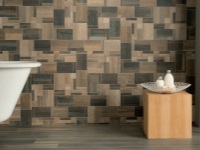
Wood is the most beautiful material, which is why it is so often chosen as a floor covering. However, natural wood in the decoration of the bathroom is rarely used, but among the materials that imitate it, ceramic tiles imitating wood are in the lead in popularity.
Features
The main feature of this material is that by choosing it, you get all the advantages of ceramic tiles, and the surface looks like wood. Because the tiles with a pattern like wood are also provided with a relief texture, thanks to this material is even more reminiscent of the usual parquet.
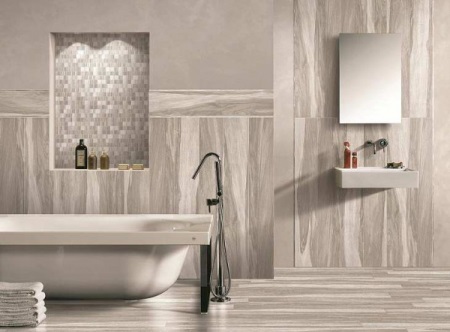
Floor tiles imitating wood are produced in 2 variations - strips come in:
- rectangular;
- square.
Rectangular cost more, but are more suitable for imitation parquet. Natural wood is characterized by a variety of textures and patterns, and the tiles, which imitate wood, is also represented by the same set of options.
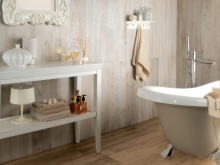
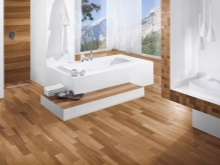
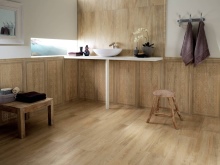
Manufacturing technology
Note that imitation wood tiles, depending on the manufacture, are ceramic, as well as porcelain tiles.
The basis for both options is clay, but for the ceramic counterpart the clay semi-finished product is simply pressed and fired, and in the production of porcelain tiles is pressed at higher pressure and fired at higher temperatures. This leads to greater strength of porcelain stoneware material.
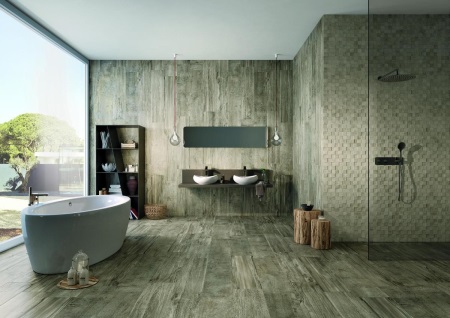
Visually, these two versions of the tiles are not too different, but if you need greater strength products, then porcelain tiles are preferred.
Advantages and disadvantages
Ceramic tiles for wood have many functional advantages:
- wear resistance;
- easily endures the action of aggressive chemicals (does not fear the treatment of detergents);
- It is perfectly suited for underfloor heating (keeps warmth and withstands high temperatures);
- improves floor waterproofing (less risk of flooding of apartments from below);
- it is a unique material, which, thanks to the wood pattern, natural colors and velvet texture, has a very attractive appearance;
- if part of the coating is damaged, it is quite easy to replace the tiles (no need to disassemble the entire floor);
- Lower cost compared to natural wood flooring, especially if the ceramics will imitate rare wood.
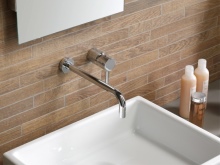
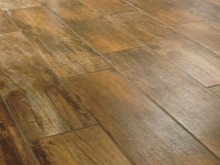
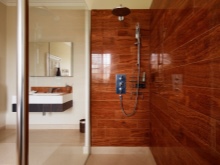
There are disadvantages to tiles that imitate wood:
- It is cool to the touch, unless you arrange a warm floor.
- It is quite difficult to install.
- Since the material is durable, it can get boring over its long service life.
Applications
Imitation wood tiles come both for walls and for finishing the floor. It is important to follow the purpose of the purchased material, because the floor tiles have a greater strength, it is more resistant to mechanical impact. Also produced high-strength tile, which can be used in public places and for laying on the street.
About tiling the bathroom Read another article. You will find many interesting ways to combine tiles.
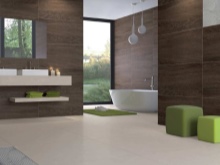

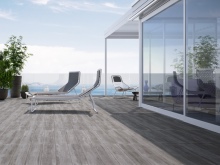
Tiles like wood in the interior
Tile imitation wood is so similar to natural wood, that the difference is visible only at a very close look. This coating is suitable for almost any interior - and to laconic high-tech, and to cozy country, and to strict classics. The best tile looks like wood in eco-interiors.
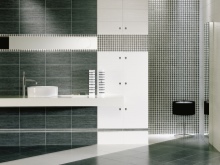
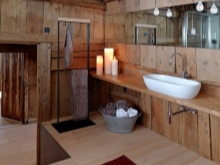
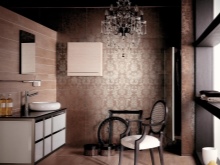
Unlike a really wooden floor, the tile can be painted in any color (brown shades are very popular now). Such tiles can imitate exotic expensive wood - rosewood, wenge, mahogany and others. In fact, without spending a lot of money, you get a respectable and chic finish.
If the bathroom is small, the floor tiles for wood should be a light tone. In this case, suitable tiles are birch, bleached wood, pine, teak, maple, ash, light oak. Preferably the material is not too pronounced texture, because if the transitions and lines are sharp, it will prevent the effect of visual expansion of space.
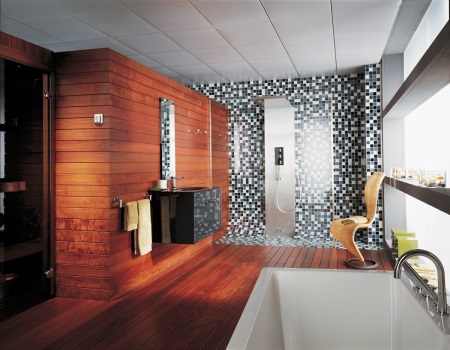
In large bathrooms, you can afford to finish with juicy colors. In such rooms beautifully looks tile under the cherry, wenge, zebrano, pink maple or stained oak.
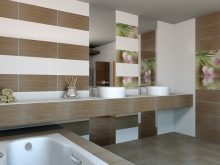
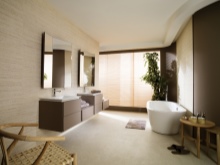
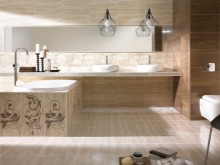
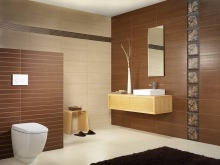

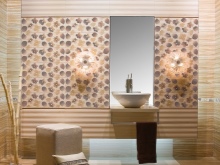
Universal shades of ceramics imitating wood are bleached wood, as well as wenge. They suit almost any style and furniture. A room finished with a whitewashed wood tile looks warm and expressive. Wenge tile shade is better suited for a spacious bathroom. For a hi-tech bathroom, a tile in a gray shade would be perfect.
There are also tiles that imitate aged wood.
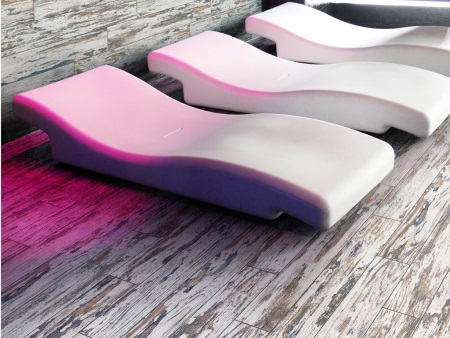
Selection rules
When choosing imitation wood tiles, pay attention to its marking.
If you need a floor tile, consider:
- wear resistance (PEI) - best III and IV;
- chemical resistance - preferably AA or A;
- coefficient of friction (R) - choose 11.
The cost of tiles for wood depends on these characteristics - the higher they are, the more expensive the material will be. Domestic ceramics for wood is a little cheaper.
Among foreign manufacturers, the leaders in the production of stylized wood ceramics are companies from Spain and Italy.
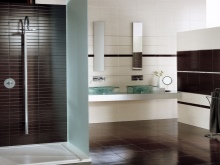
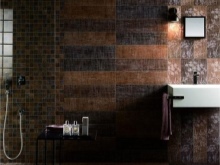
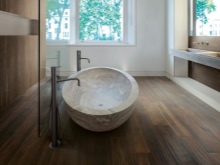
Features of laying
The laying of imitation wood tiles is carried out in the same way as other variants of ceramic tiles. Since the coating is embossed, the substrate should be more carefully leveled. It can be represented by a traditional concrete screed, and a wooden version of moisture-resistant plywood. In the case of plywood, the beams should be placed often enough to prevent the base from sagging. On top of the plywood can be covered with gypsum fiberboard (they can also be used separately, replacing the plywood).
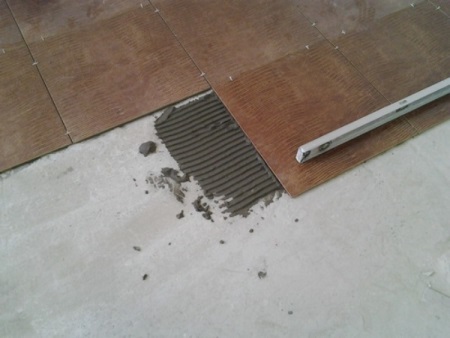
To make your tile flooring look like parquet as much as possible, pay attention to the seams between the material. Ideally, they should be absent, but if this is not possible, use the thinnest crosses, and choose a grout of the same shade as the tiles themselves.





I love this kind of tile so much. It's perfect for my bathroom. It will have the cozy feeling that the look of wood alone gives.